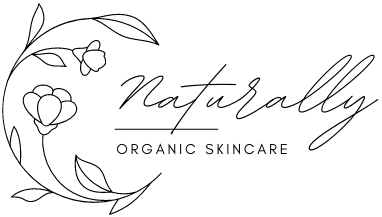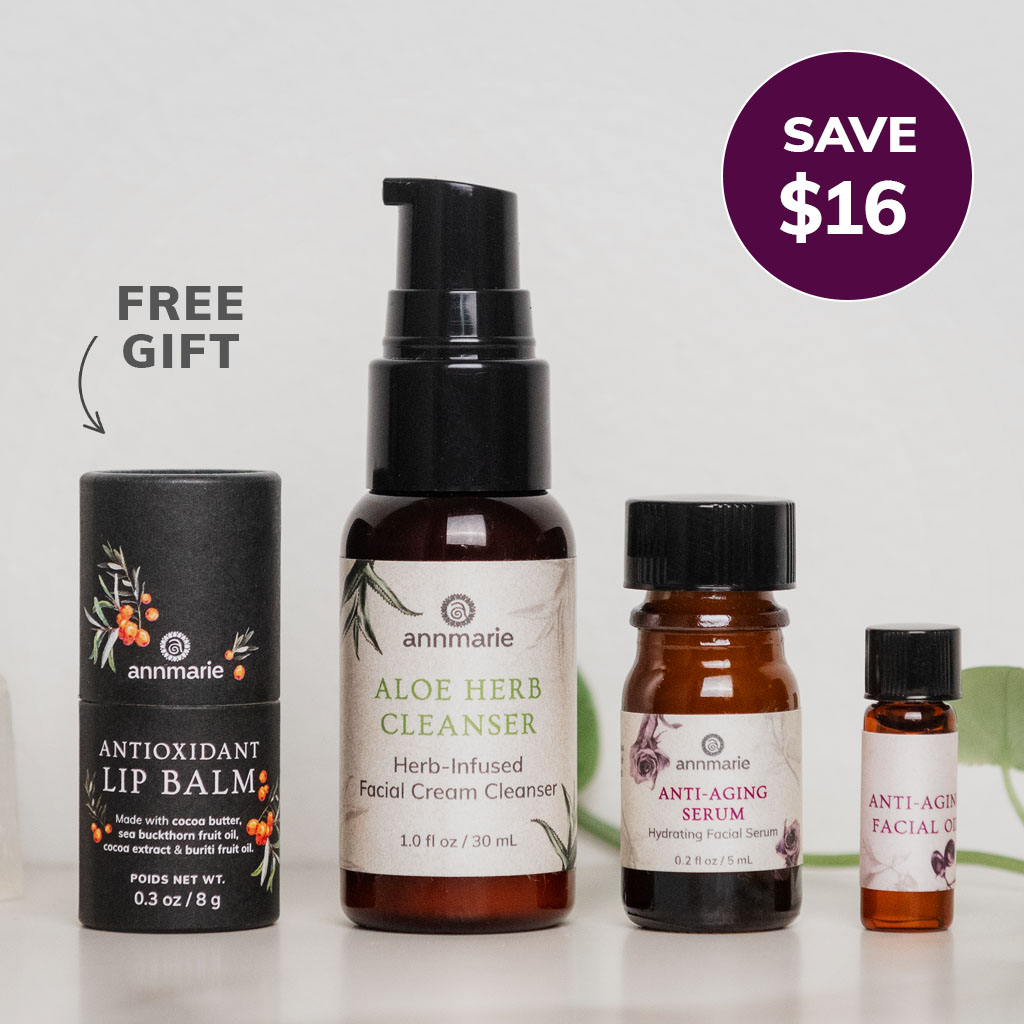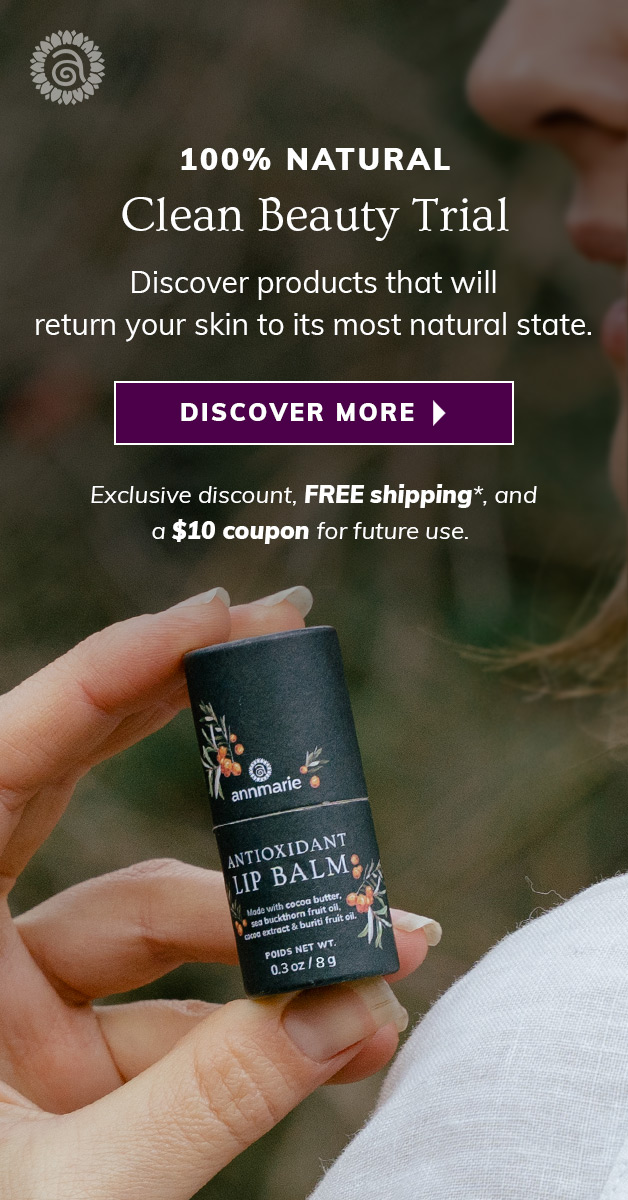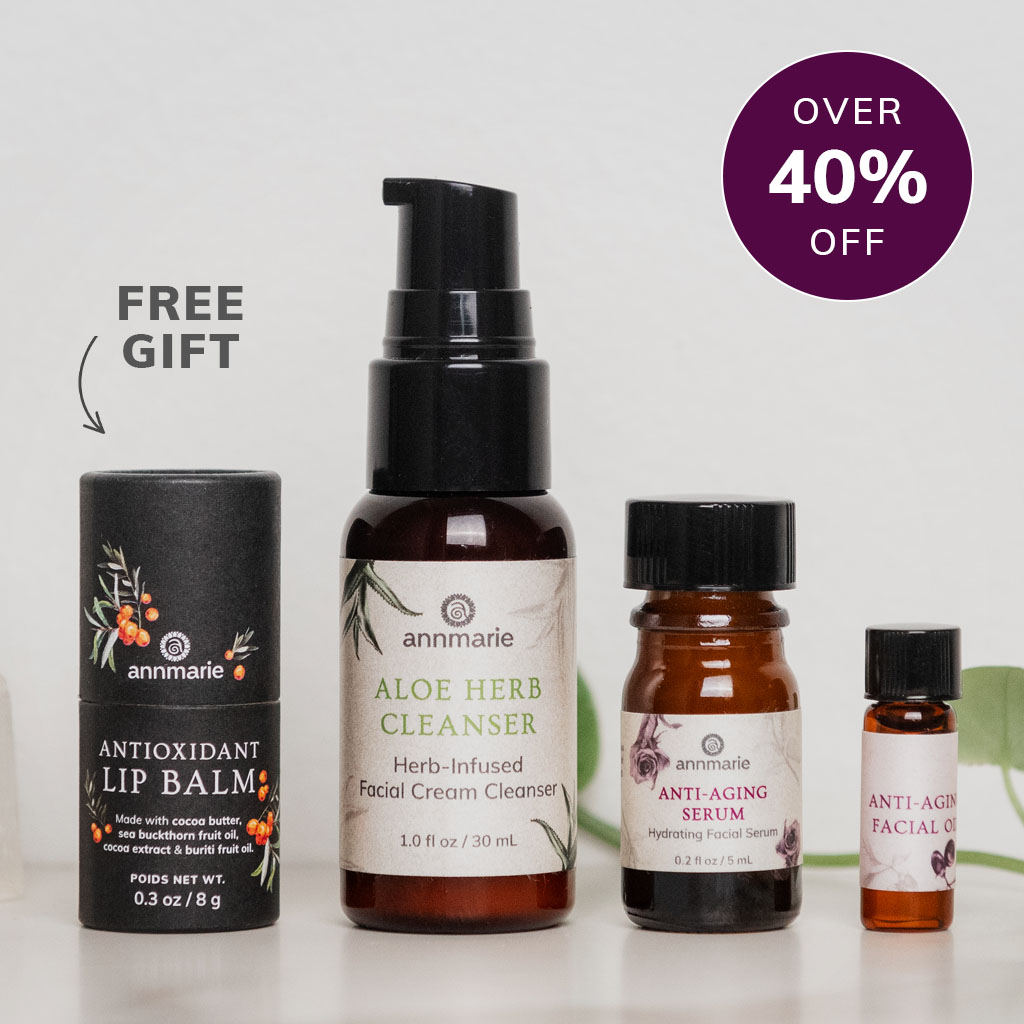An abundance of greenwashing examples can be found in the hair and skincare isles of any general grocery store. You don’t have to look far and wide – the shelves are loaded with them, and your first grab will most likely be a match.
What is Greenwashing?
Greenwashing sounds like something rather cool, doesn’t it? The latest hype in outdoorsy, adventurous activities perhaps, or an artistic tie-dye method using natural pigments…
In reality, it refers to a certain action and intention in the field of marketing. It means a company or brands deliberately chooses to surf the wave of increasing interest in natural and eco-friendly products or initiatives – even if the promoted product or action has little to no actual “green” bearing. When a product (or an entire brand) is being marketed as “natural” while it really isn’t all that natural or eco-friendly – that’s called greenwashing.
Mind you, it usually isn’t a total lie, just not quite as natural or helpful to the environment than we might think it to be. Greenwashing can be done across various market segments and with a broad range of products. It isn’t limited to skincare – there are many other greenwashing examples – but here we’ll be looking specifically at skincare.
While the act of greenwashing is definitely not illegal, whether it is completely ethical is up for debate. The good news: Once you’re onto the strategies used to achieve this greenwashing effect, it becomes very hard to ignore, and impossible to unlearn. (Kind of like learning a language!)
How to recognize greenwashed hair & skincare products
Recognizing greenwashed skincare is as easy as one-two-three.
Picture a bottle of shampoo, conditioner, body wash or lotion from any main stream skincare brand as an example. If you have one on hand, or are reading this in the beauty isle of a store, ready to grab one – even better.
Start by enjoying that lovely image on the front of the bottle, or jar, or whatever else the stuff comes in.
Step 1 is to not be easily impressed
Maybe the picture was taken in an orchard in Greece – the same one where the company sustainable sources their natural almond oil. Maybe the same goes for that close-up of a Moroccan rose… You think Unilever sent a photographer over there, to report on their fair-trade gardening initiative set up to support local women?
Okay, so it’s a stock photo some random (talented) hustler made a teeny-tiny commission on. In combination with a whiff of the synthetic fragrances however, it’s just dreamy.
Oh, sarcasm, how I love thee… Moving on.
Step 2: read the label
Where is that natural extract the front/headline/commercial refers to located on the label? Ingredient labels start with the substances that a product contains the most of. Chances are the featured plant extract or oil will be somewhere in the tail, if not near the end of the ingredient list.
Most often you’ll find it behind even the preservatives, which says a lot. Knowing preservatives are used at a ratio of only 1-2% or less, that’s a good indication of how very little is in the concoction of the things mentioned after the preservatives.
Step 3: Be sure to go with the literal interpretation
“With natural almond/lavender/rose oil/extract” means exactly that: the product is made with natural lavender extract. It doesn’t say anything about how natural (or not) the rest of formula is.
Even if there’s no more than a drop of natural lavender extract in an otherwise chemical cocktail, the statement isn’t false.
Is greenwashing bad or unethical?
So while greenwashing is no crime,
If these marketing tactics were totally dishonest, brands wouldn’t get away with them. Cleverly applied combinations of semantics and visual queues lead our attention in a certain direction.
The combination of a beautiful image of a blossoming almond twig, lots of green hues in the package design and the line “with natural almond oil” puts one ingredient in the spotlight. Our natural reaction is to focus on that. A closer look reveals that it is a very small fraction of the total makeup of the product.
At most, one could call that smoke and mirrors, but it is not forbidden. I’d even go so far as to say there’s nothing inherently wrong with it. As if not reading the small print were a good reason to complain about its contents later – that doesn’t fly either, right?
We just need to keep our eyes open, not be gullible, and be aware of the lingo. What do you say… game on?
Game on!




